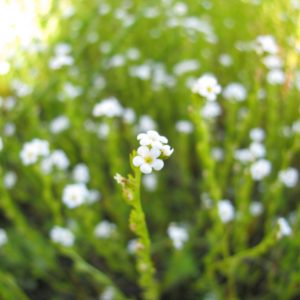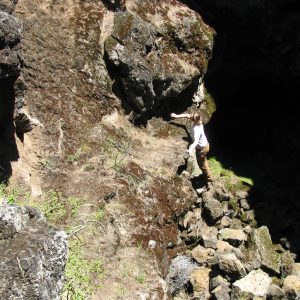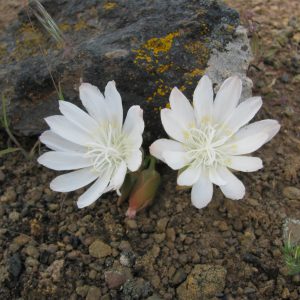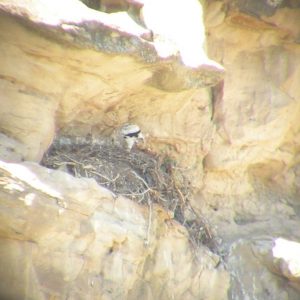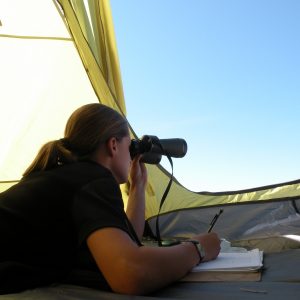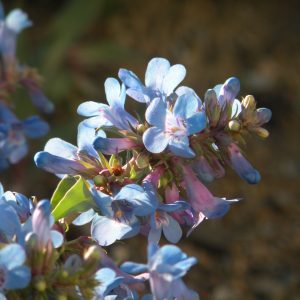Let me preface my first blog with some background information about myself. I was born and raised in the suburbs of New Jersey and moved to western North Carolina for college. The Wyoming landscape is very different than anything I have ever experienced in this country. I am in awe of how the United States could contain such different landscapes and cultures, like New Jersey and Wyoming!
At the foot of the Big Horn mountain range is the Buffalo, Wyoming Bureau of Land Management Field Office. This office has a spectacular view, is decorated with migratory bird and native plant posters, offers BLM recreation information, and is speckled with friendly faces. The first day my mentor showed my co-intern and I around the office and introduced us to our BLM family. The people I met were warm and welcoming. I felt at ease by their hospitality and was excited to glean knowledge from the veteran biologists and ecologists with whom I was going to be working so closely.
My internship began on June 13th, and the first week of work included training and a general introduction to my role at the BLM Buffalo Field Office. I was informed that my experience will include, and not be limited to: sheep fence inventory, monitoring the Greater Sage Grouse, plant identification and plant community assessment, and collecting seeds for the Seeds of Success program.
I look forward to exploring the high plains desert and understanding the role of conservation within the BLM. I have started flipping though field guides and identifying the new flora and fauna I am observing at work, on hikes, and in my own backyard. Observing the relationships of the BLM and those who lease the land is another component of the BLM I would like to investigate.
I am honored to have gotten the chance to participate in this internship that will aid in my growth as an ecologist and a person. In the next six months I plan to work hard, ask questions, and be appreciative that I have a chance pursue my passion though ecological work at the BLM.
-Cheryl Geiger
Me in Crazy Woman Canyon Buffalo, Wyoming













